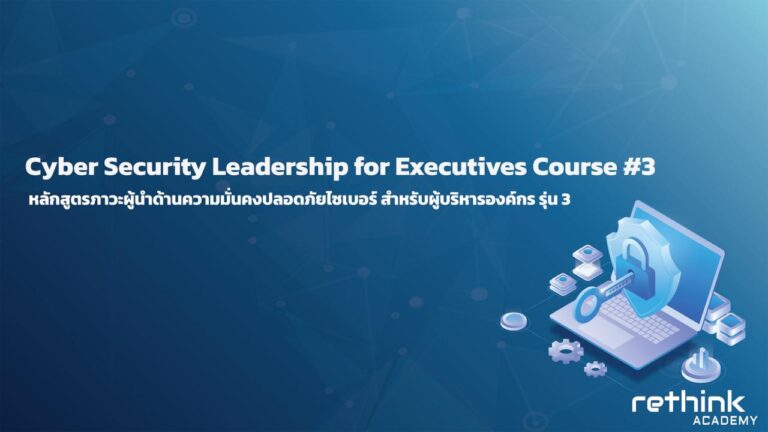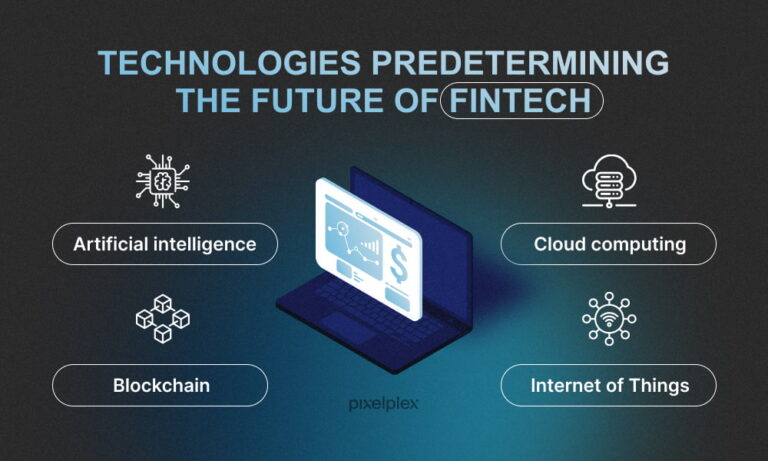MBA in e-commerce strategy is more than just a degree; it’s a passport to a dynamic, ever-evolving world. This program equips you with the skills and knowledge to navigate the complexities of the digital marketplace, from crafting winning digital marketing campaigns to mastering supply chain logistics and understanding global e-commerce trends. You’ll learn to leverage data analytics for strategic decision-making, understand emerging technologies like AI and AR/VR, and develop the leadership skills needed to thrive in this competitive landscape.
Ultimately, it’s about understanding how to build, grow, and manage successful online businesses.
The curriculum typically covers core business principles alongside specialized e-commerce topics. Expect to delve into digital marketing, supply chain management, e-commerce technology, and international business strategies. Electives often allow for specialization in areas like data analytics, fintech, or specific industry verticals within e-commerce. Graduates find themselves in roles ranging from e-commerce managers and digital marketing specialists to business analysts and entrepreneurs.
Program Overview
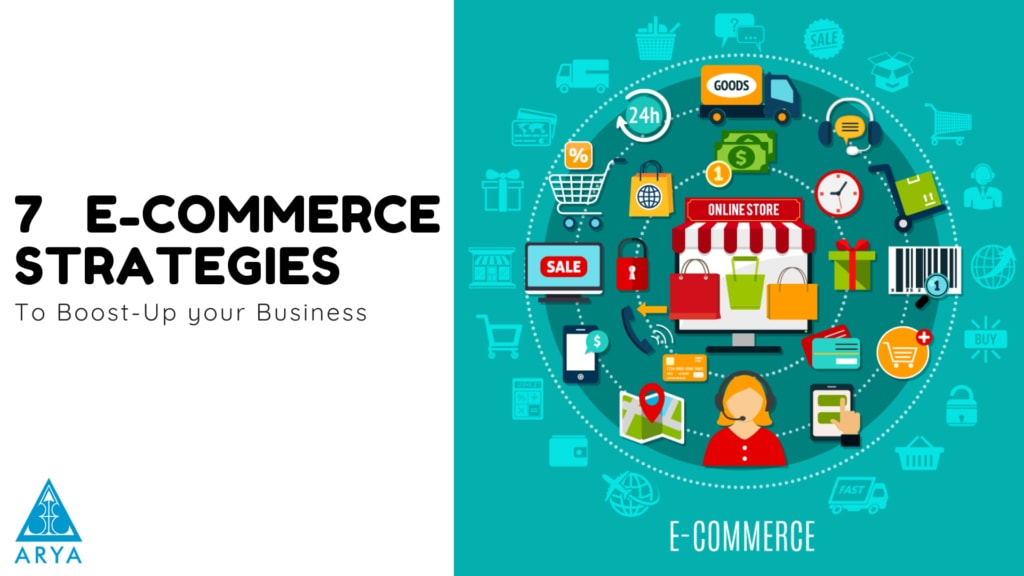
An MBA in E-commerce Strategy is designed to equip professionals with the skills and knowledge needed to thrive in the dynamic world of online business. This specialized program blends traditional MBA principles with a deep dive into the unique challenges and opportunities presented by the digital marketplace. It’s ideal for those seeking to lead and innovate within e-commerce companies or to build their own successful online ventures.
Curriculum Details
The curriculum typically includes a mix of core MBA courses and specialized e-commerce electives. Core courses might cover areas like financial accounting, managerial economics, organizational behavior, and strategic management. These provide a solid foundation in business principles applicable across industries. Elective options, however, are where the specialization truly shines. Students can expect to find courses focused on digital marketing, e-commerce analytics, supply chain management for e-commerce, pricing strategies in the digital age, online customer relationship management (CRM), and the legal and ethical considerations of e-commerce.
Some programs might also offer specialized tracks within e-commerce, such as focusing on social commerce or global e-commerce strategies.
Career Paths for Graduates
Graduates of an MBA in E-commerce Strategy are well-positioned for a variety of roles. They can pursue careers as e-commerce managers, digital marketing managers, e-commerce analysts, product managers for online businesses, or even entrepreneurs launching their own online businesses. The skills gained, such as data analysis, strategic planning, and digital marketing expertise, are highly sought after across numerous industries.
Many graduates find themselves in leadership positions, managing teams and driving growth within established companies or leading the charge in innovative startups.
Comparison with Other MBA Concentrations
While a traditional MBA provides a broad business foundation, an MBA in E-commerce Strategy offers a more focused skillset. Compared to an MBA in Finance, which emphasizes financial modeling and investment strategies, the e-commerce specialization prioritizes understanding consumer behavior online, digital marketing channels, and optimizing the customer journey. Similarly, while an MBA in Marketing covers broader marketing principles, the e-commerce track delves specifically into the unique aspects of online marketing, such as , SEM, social media marketing, and email marketing.
The e-commerce MBA is more hands-on and data-driven than many other concentrations, requiring a strong analytical approach to problem-solving.
Average Salary Expectations
The following table provides estimated average salary expectations for graduates in various e-commerce roles. These figures are approximate and can vary based on location, company size, and individual experience.
| Role | Average Salary (USD) | Required Experience | Job Outlook |
|---|---|---|---|
| E-commerce Manager | $80,000 – $120,000 | 2-5 years | Strong |
| Digital Marketing Manager | $75,000 – $110,000 | 3-7 years | Strong |
| E-commerce Analyst | $65,000 – $95,000 | 1-3 years | Growing |
| E-commerce Consultant | $90,000 – $150,000+ | 5+ years | Strong |
E-commerce Trends and Challenges
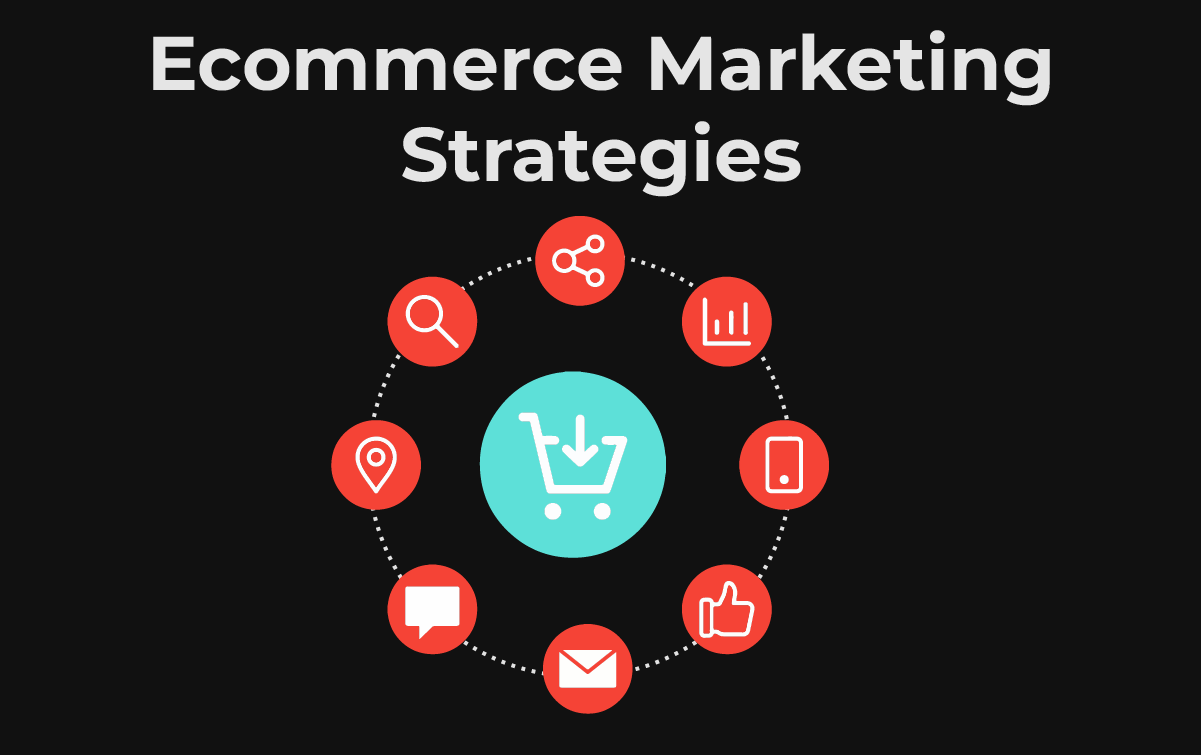
The e-commerce landscape is in constant flux, driven by technological advancements and evolving consumer behavior. Understanding the major trends and associated challenges is crucial for businesses aiming to thrive in this dynamic environment. This section will explore three key trends, the difficulties they present, the pivotal role of data analytics, and successful strategies employed by leading companies.
Three Major E-commerce Trends
The current e-commerce environment is shaped by several significant trends. These trends present both opportunities and significant hurdles for businesses to overcome. Failing to adapt can lead to obsolescence in a rapidly changing market.
- The Rise of Mobile Commerce (m-commerce): Smartphone penetration continues to increase globally, making mobile devices the primary access point for many consumers. This shift necessitates optimized mobile websites and apps, seamless mobile payment options, and personalized mobile experiences.
- Personalization and AI-Driven Experiences: Consumers expect personalized recommendations, targeted advertising, and customized shopping experiences. Artificial intelligence (AI) plays a crucial role in delivering this personalization through sophisticated algorithms that analyze customer data and predict preferences.
- The Growth of Omnichannel Retail: Consumers expect a seamless shopping experience regardless of the channel they use – online, in-store, or through social media. Omnichannel strategies integrate these channels, providing consistent branding, inventory visibility, and flexible fulfillment options.
Challenges in Adapting to E-commerce Trends
Adapting to these trends presents significant challenges for businesses. These challenges often require substantial investment in technology, infrastructure, and personnel.
- Maintaining a Seamless Omnichannel Experience: Integrating different channels requires robust technology, efficient logistics, and a unified view of the customer. Inconsistencies across channels can frustrate customers and damage brand reputation.
- Investing in AI and Personalization Technologies: Implementing AI-driven personalization requires significant investment in data infrastructure, analytics tools, and skilled personnel. The complexity of AI systems can also present challenges in terms of implementation and maintenance.
- Meeting the Demands of Mobile Commerce: Optimizing the mobile shopping experience requires expertise in mobile development, user interface (UI) design, and mobile marketing. Businesses need to ensure their mobile sites and apps are fast, user-friendly, and secure.
The Role of Data Analytics in E-commerce Success
Data analytics is no longer optional; it’s essential for e-commerce success. By leveraging data effectively, businesses can gain valuable insights into customer behavior, optimize marketing campaigns, personalize the shopping experience, and improve operational efficiency. Effective data analysis allows businesses to make informed decisions based on real-time data, rather than relying on intuition or guesswork.
Examples of Successful E-commerce Strategies
Several companies have successfully navigated the challenges of the e-commerce landscape.
- Amazon: Amazon’s success is built on a foundation of robust logistics, personalized recommendations (driven by AI), and a vast selection of products. Their omnichannel strategy, including physical stores and delivery services, further strengthens their position.
- Netflix: Netflix utilizes sophisticated data analytics to personalize content recommendations, leading to increased user engagement and retention. Their focus on user experience and original content has solidified their dominance in the streaming market.
- Shopify: Shopify empowers small and medium-sized businesses to establish their online presence by providing an easy-to-use platform with a wide range of features. Their success is based on empowering others to participate in the e-commerce ecosystem.
Digital Marketing Strategies within E-commerce
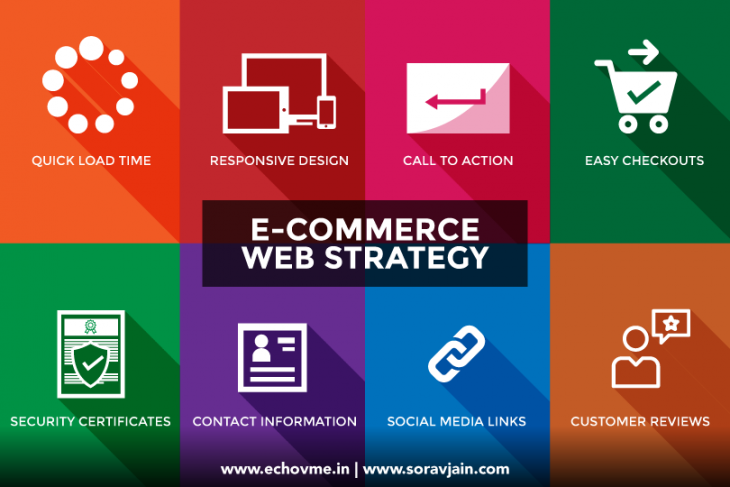
Effective digital marketing is crucial for any e-commerce business aiming for success in today’s competitive landscape. A well-defined strategy, encompassing various channels and content types, is essential for reaching target audiences, driving traffic, and ultimately boosting sales. This section explores key digital marketing strategies, their application in a hypothetical e-commerce scenario, and metrics for assessing their effectiveness.
Digital Marketing Plan for a Hypothetical E-commerce Business
Let’s consider a hypothetical new e-commerce business selling handcrafted jewelry. A comprehensive digital marketing plan would begin with defining the target audience (e.g., young adults, women aged 25-45 interested in unique, ethically sourced accessories). Next, we’d identify key platforms – Instagram, Pinterest, and Facebook for visual content and targeted advertising; Google Search and Shopping for and SEM; and email marketing for nurturing leads and promoting sales.
The plan would detail specific campaigns for each platform, including budget allocation, content calendar, and performance tracking mechanisms. For example, Instagram would focus on high-quality product photography and influencer marketing, while Google Shopping would utilize targeted advertising to capture shoppers actively searching for specific jewelry types.
Comparison of Digital Marketing Channels
Search Engine Optimization () focuses on organic, unpaid traffic by optimizing website content and structure to rank higher in search engine results. Search Engine Marketing (SEM), on the other hand, involves paid advertising through platforms like Google Ads. Social media marketing leverages social media platforms to build brand awareness, engage with customers, and drive traffic to the website. offers long-term, sustainable results but requires consistent effort and expertise.
SEM provides quicker results but requires ongoing budget investment. Social media marketing is excellent for building brand community and fostering customer engagement, but organic reach can be challenging. The optimal approach usually involves a blend of all three, tailored to the specific business and target audience. For our jewelry business, a strong strategy targeting relevant s (“handmade jewelry,” “ethical jewelry,” etc.) is crucial, complemented by SEM campaigns targeting specific product categories and demographics, and engaging social media content on Instagram and Pinterest.
Best Practices for Creating Engaging E-commerce Content
High-quality visuals are paramount. Think professional, lifestyle-oriented product photography showcasing the jewelry in use, not just static shots. Compelling storytelling is key; highlight the craftsmanship, the inspiration behind the designs, and the ethical sourcing of materials. User-generated content (UGC) can be highly effective, showcasing real customers wearing and loving the jewelry. Interactive content, such as polls, quizzes, and behind-the-scenes videos, can boost engagement.
Consistency is vital; regular posting across all platforms is essential to maintain visibility and build a loyal following. Finally, ensure mobile optimization; the majority of online shopping happens on mobile devices.
Key Performance Indicators (KPIs) for E-commerce Marketing Campaigns
Several key metrics measure the success of e-commerce marketing campaigns. Website traffic (unique visitors, bounce rate), conversion rates (website visitors to customers), customer acquisition cost (CAC), return on ad spend (ROAS), average order value (AOV), customer lifetime value (CLTV), and social media engagement (likes, shares, comments) are all vital indicators. Tracking these KPIs allows for continuous optimization of campaigns and ensures that marketing efforts are aligned with business goals.
For our jewelry business, monitoring ROAS for SEM campaigns, conversion rates from social media traffic, and engagement metrics on Instagram and Pinterest would be crucial for evaluating campaign effectiveness. Regular reporting and analysis of these KPIs are essential for informed decision-making.
E-commerce Operations and Logistics
Efficient e-commerce operations and logistics are the backbone of a successful online business. Getting products to customers quickly, accurately, and cost-effectively is crucial for customer satisfaction and profitability. This section explores the key elements of managing this critical aspect of e-commerce.
Supply Chain Management in E-commerce
Supply chain management (SCM) in e-commerce encompasses the entire process, from sourcing raw materials or finished goods to delivering the final product to the customer. Effective SCM minimizes costs, optimizes inventory levels, and ensures timely delivery, directly impacting customer satisfaction and the bottom line. A well-managed supply chain allows businesses to react quickly to changes in demand, manage risk effectively, and maintain a competitive edge.
For example, a company utilizing predictive analytics to forecast demand can proactively adjust inventory levels, preventing stockouts and minimizing waste.
E-commerce Fulfillment Methods
E-commerce businesses have several fulfillment options, each with its own advantages and disadvantages.
Dropshipping
Dropshipping involves partnering with a third-party supplier who handles inventory storage and order fulfillment. The e-commerce business acts as a storefront, managing marketing and sales, while the supplier handles the logistics. This model requires minimal upfront investment in inventory but sacrifices control over the shipping process and potentially brand consistency. A popular example of a business model using dropshipping is many smaller online retailers selling products via platforms like Etsy.
In-House Fulfillment, MBA in e-commerce strategy
In-house fulfillment means the e-commerce business manages its own inventory, warehousing, and order processing. This provides greater control over the customer experience and brand image, allowing for better quality control and faster delivery times. However, it requires significant upfront investment in infrastructure, personnel, and technology. Amazon, with its extensive network of fulfillment centers, is a prime example of a company using in-house fulfillment.
Third-Party Logistics (3PL)
PL providers offer a hybrid approach, handling various aspects of the fulfillment process, such as warehousing, picking, packing, and shipping, on behalf of the e-commerce business. This allows businesses to outsource logistics without completely relinquishing control. Many businesses start with 3PL providers as they scale, gradually transitioning to in-house solutions as their operations grow.
Inventory and Order Processing Challenges
Efficiently managing inventory and order processing is crucial for smooth e-commerce operations. Challenges include accurately forecasting demand to avoid stockouts or overstocking, managing returns effectively, and ensuring accurate and timely order fulfillment. Inefficient order processing can lead to delays, customer dissatisfaction, and increased operational costs. Real-time inventory tracking systems and automated order processing software are essential for overcoming these challenges.
For example, a company failing to account for seasonal demand spikes might experience significant stockouts, leading to lost sales and frustrated customers.
Technology’s Role in Enhancing E-commerce Operations and Logistics
Technology plays a crucial role in improving e-commerce operations and logistics. Warehouse Management Systems (WMS), Transportation Management Systems (TMS), and Enterprise Resource Planning (ERP) systems automate and optimize various processes, from inventory tracking and order management to shipping and delivery. Artificial intelligence (AI) and machine learning (ML) can predict demand, optimize routing, and improve efficiency in various aspects of the supply chain.
The use of robots in warehouses for picking and packing is also becoming increasingly common, improving speed and accuracy while reducing labor costs. For example, a company utilizing a WMS might see significant reductions in picking errors and improved warehouse space utilization.
E-commerce Technology and Innovation: MBA In E-commerce Strategy
The rapid evolution of technology is fundamentally reshaping the e-commerce landscape, creating both exciting opportunities and significant challenges for businesses. Understanding and adapting to these technological advancements is crucial for success in the increasingly competitive digital marketplace. This section explores key emerging technologies and their impact on e-commerce, including the associated security and privacy concerns.Emerging technologies are dramatically altering the customer experience and operational efficiency within e-commerce.
This transformation is driven by advancements in artificial intelligence, augmented and virtual reality, and other innovative solutions. The integration of these technologies requires careful consideration of data security and user privacy to maintain consumer trust and regulatory compliance.
Artificial Intelligence and Machine Learning in E-commerce
AI and machine learning are transforming numerous aspects of e-commerce. AI-powered recommendation engines personalize product suggestions, increasing sales conversion rates. Chatbots provide instant customer support, improving response times and enhancing customer satisfaction. AI also optimizes pricing strategies, inventory management, and fraud detection, leading to greater efficiency and profitability. For example, Amazon’s recommendation system, powered by AI, is a prime example of how personalized suggestions drive sales.
Similarly, many companies use AI-driven chatbots to handle routine customer inquiries, freeing up human agents to focus on more complex issues.
Augmented and Virtual Reality in E-commerce
AR and VR technologies offer immersive shopping experiences. AR applications allow customers to visualize products in their own homes before purchasing, reducing purchase uncertainty. VR creates virtual showrooms, providing a more engaging and interactive shopping environment. For instance, furniture retailers utilize AR apps that let customers see how a sofa would look in their living room, while fashion brands leverage VR to offer virtual try-on experiences for clothing and accessories.
This significantly reduces return rates and enhances customer satisfaction.
Security and Privacy Considerations in E-commerce Technology
The increasing reliance on technology in e-commerce necessitates robust security measures. Data breaches can lead to significant financial losses and damage to brand reputation. Protecting customer data is paramount, requiring strong encryption, secure payment gateways, and adherence to data privacy regulations like GDPR and CCPA. Furthermore, the use of AI and machine learning raises ethical concerns regarding algorithmic bias and data privacy.
Companies must implement transparent data handling practices and ensure fairness in their algorithms.
Evolution of E-commerce Technology (1993-2023)
Imagine a visual timeline. On the far left (1993), a simple, static website with text and basic product images represents the early days of e-commerce. Moving towards the center (2003), the website becomes more dynamic, incorporating shopping carts, secure payment gateways, and rudimentary personalization. By 2013, the image shows a responsive website optimized for mobile devices, incorporating social media integration and user reviews.
Finally, on the far right (2023), a sophisticated platform incorporating AI-powered recommendations, AR/VR experiences, and personalized marketing campaigns represents the current state of e-commerce. This illustrates the evolution from basic online storefronts to highly personalized and immersive shopping experiences.
Last Point
In conclusion, pursuing an MBA in e-commerce strategy offers a rewarding path for those seeking a career at the forefront of the digital economy. The program provides a robust foundation in business principles combined with the specialized skills needed to succeed in the ever-changing world of online commerce. Whether you aspire to lead a global e-commerce giant or launch your own innovative startup, this degree equips you with the tools to achieve your ambitions.
The combination of theoretical knowledge and practical application makes this MBA a valuable investment in your future.
Essential FAQs
What is the typical program length for an MBA in e-commerce strategy?
Most programs are either one or two years, depending on the institution and whether it’s a full-time or part-time program.
Are there online MBA programs in e-commerce strategy?
Yes, many universities now offer online or hybrid MBA programs, providing flexibility for working professionals.
What kind of internships or practical experiences are usually offered?
Many programs incorporate internships or consulting projects with real e-commerce companies, allowing students to gain hands-on experience.
What are the admission requirements?
Generally, a bachelor’s degree, GMAT or GRE scores, and relevant work experience are required. Specific requirements vary by institution.
How much does an MBA in e-commerce strategy cost?
Tuition fees vary significantly depending on the university and program. Research individual program costs.
